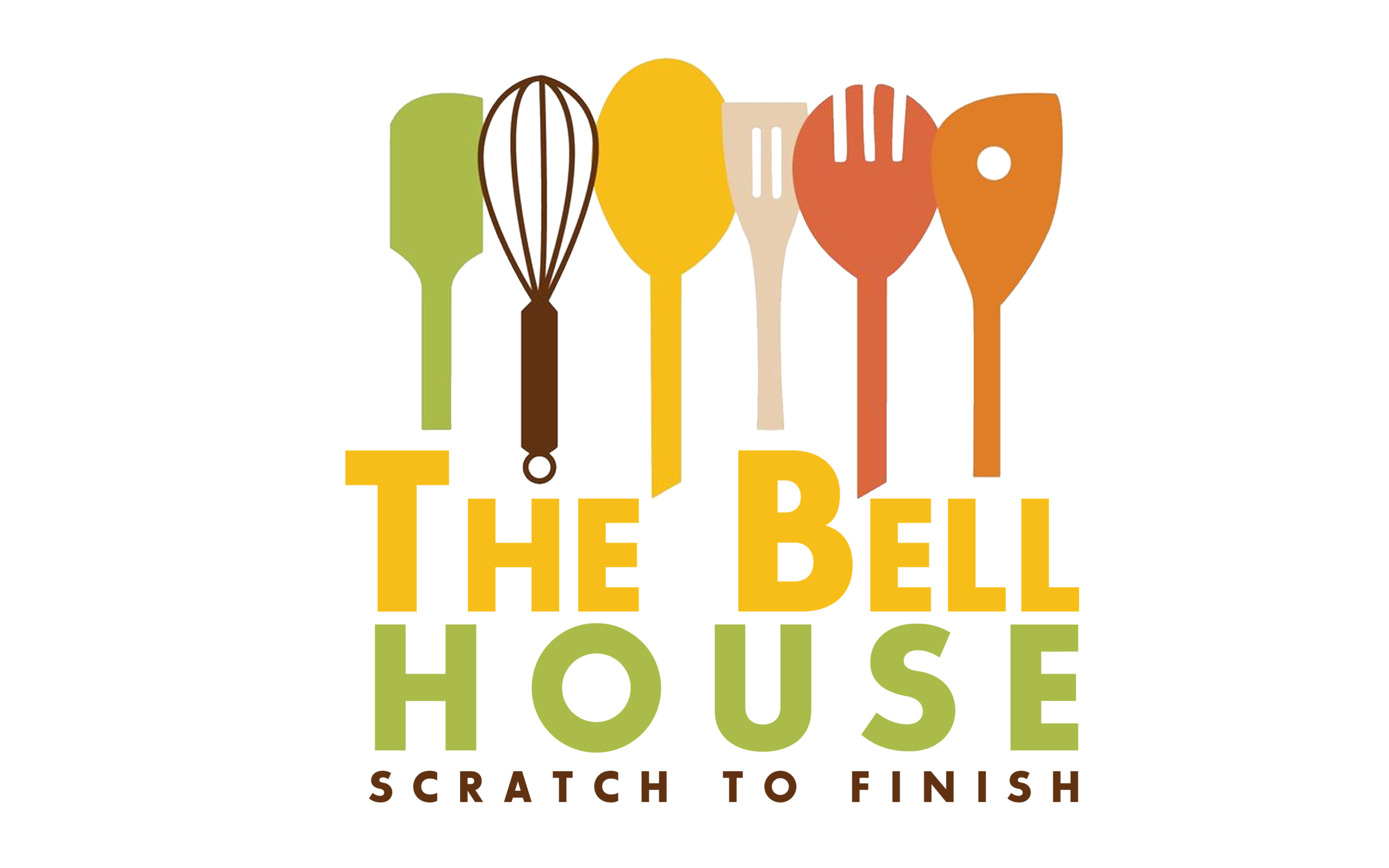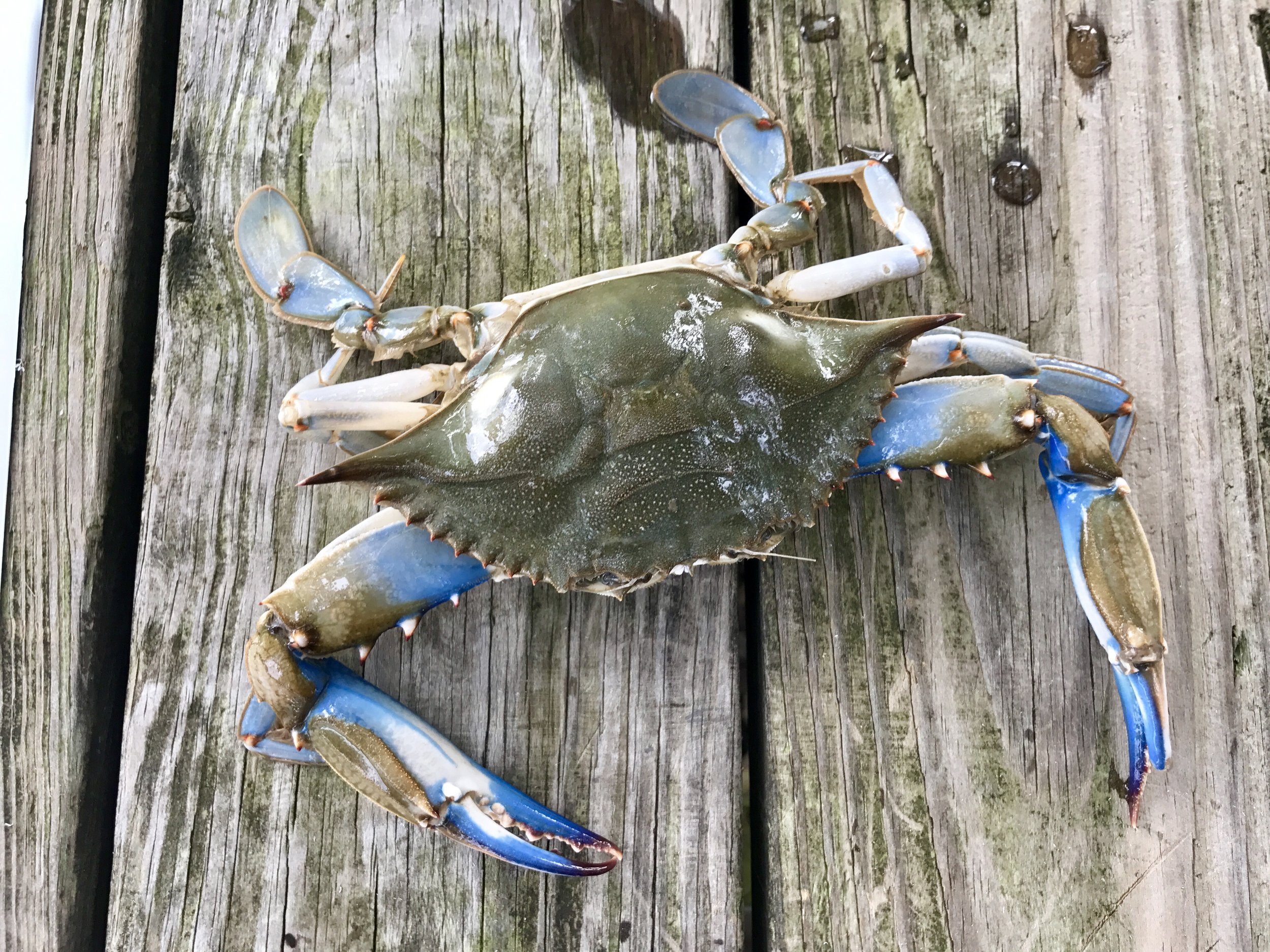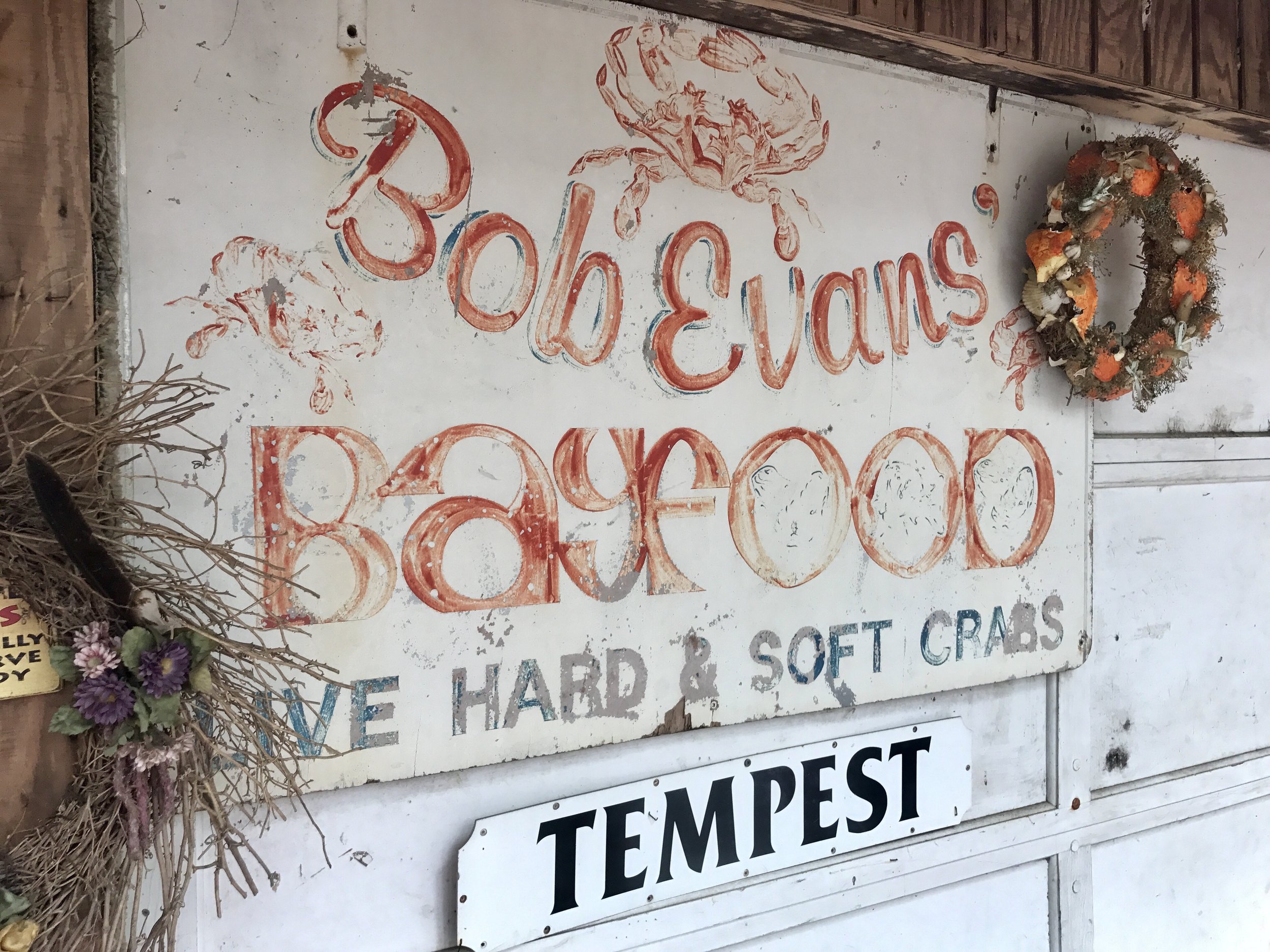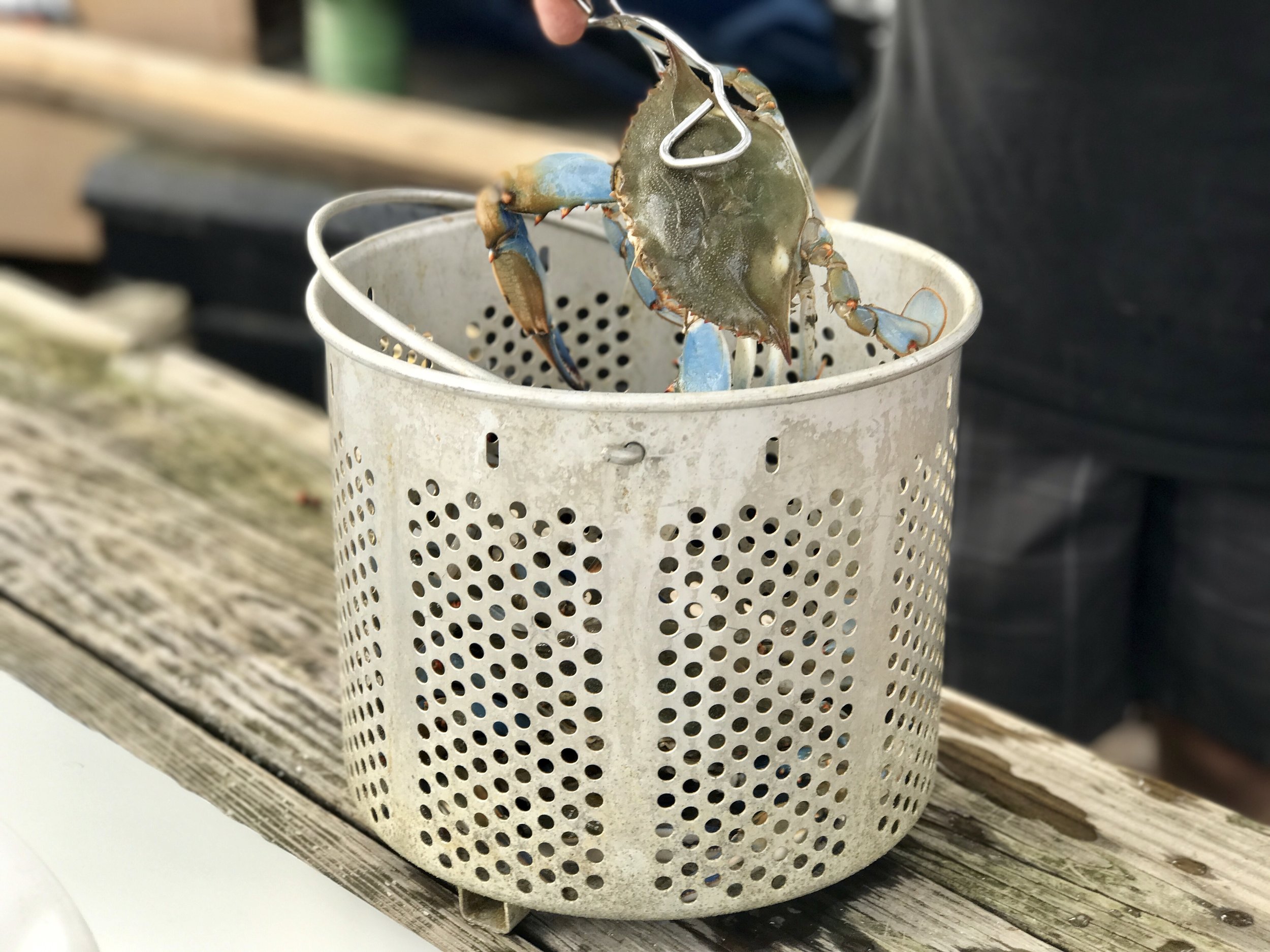Steamed Maryland Blue Crabs
I have fond memories as a young girl in 1980 something crabbing off the pier with my grandmother, uncles, aunts, and cousins. Odiferous chicken wings tied to string hung from the pier while we patrolled all of our bait with muted anticipation.
Eventually, one of those strings would pull away from the pier to alert us that a tasty blue crab fell into our trap. An uncle would spring into action with crab net in hand while another onlooker gradually towed the crab from its sandy domicile. Then SWOOP! A Maryland Blue Crab was captured.
If the crab was male, a pre-measured of block wood was used to arbitrate whether the crab was destined for a steaming pot or slated for next year's bounty. If the crab was female, we threw it back with the prospect of bearing more baby crabs.
Blue crabs mate during May and October in saltier waters of the Bay, according to theDepartment of Natural Resources website. Although females only ever have one male partner, she stores residual sperm for future egg fertilization.
It's illegal for recreational crabbers to possess any form of a female crab. This includes hard females, egg bearing females, peeler crabs or soft shells.
In order to determine whether you have a male or female crab you must inspect the crab’s apron. Turn the crab upside down, if you notice a triangular or rounded shape, those are females. If the underside of the crab has a long and lean apron that resembles the letter “T,” those are males. You will see an example of a male crab in the video below.
Before heading out to catch some crabs this season, check out the Department of Natural Resources website for more information regarding crabbing season and the associated rules and regulations.
For this post, I didn't procure my salty water riches from a chicken on a string. I stopped over to Bob Evan’s Bayfood. This is a family owned and operated seafood business since 1976. We have been buying crabs from them for over 15 years. Support small local businesses!
STEAMING MARYLAND BLUE CRABS:
We picked up 1 dozen number 1 males and 3 dozen number 2 males for our tiny feast. We use a 2:1:1 water to beer to white vinegar ratio. The amount of liquid to use will depend on the size of the pot. The important thing to remember is to keep the crabs out of the steaming liquid. You want steamed crabs, not boiled.
First, fill the bottom of the crab pot with 2 parts water, 1 can of Natty Bo and about 1 part white vinegar. It's not really an exact science here. We place a brick on the bottom of our large pot to ensure the crab basket isn't swimming in the brew. I prefer bringing the liquid up to a raging boil before inserting the crab basket. This prevents the crabs from over cooking.
While you bring the liquid to a boil, line the bottom of the basket with red potatoes, then layer crabs, corn on the cob, salt (optional) and a heaping helping of Old Bay Seasoning (mandatory). J.O. Crab Seasoning is a delicious alternative to the Old Bay. I find it to be less salty. (My uncle is going to read me the riot act with that statement)
When you have achieved maximum steam, place the basket in the pot, set the timer for 22-27 minutes and let the magic happen. This go around, 22 minutes was the perfect amount of time!
When the time is up, use oven mitts to carefully pull out the basket and dump the bounty onto a prepared work station. Brown butcher paper is the best, but layers of old newspapers will work too. This makes for easy clean up!
Time to pick at your dinner. You will need a mallet and a knife. Watch the video at the end of this post for a mini crab picking tutorial. Serve the crabs with a Natty Bo, melted butter, apple cider vinegar and more Old Bay Seasoning.








